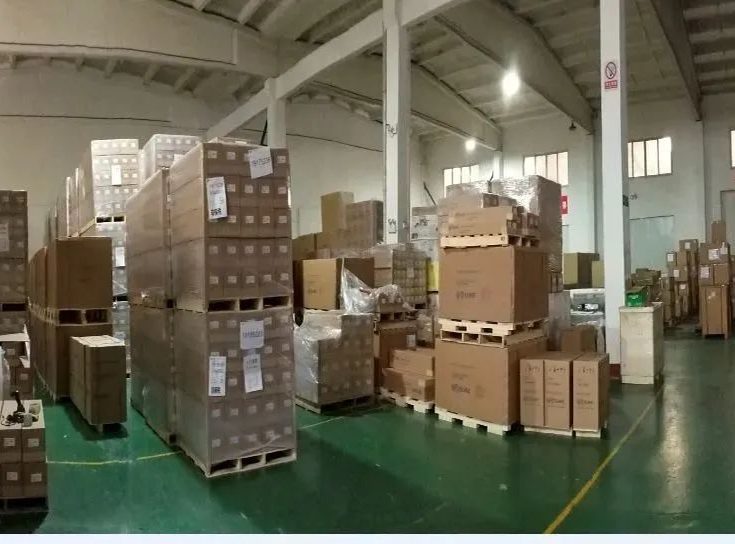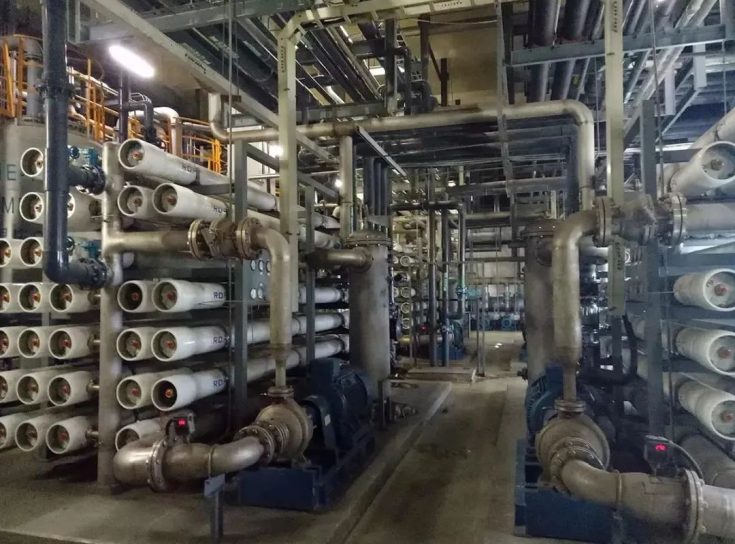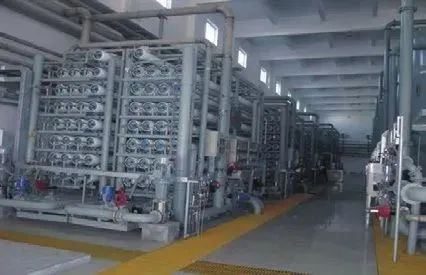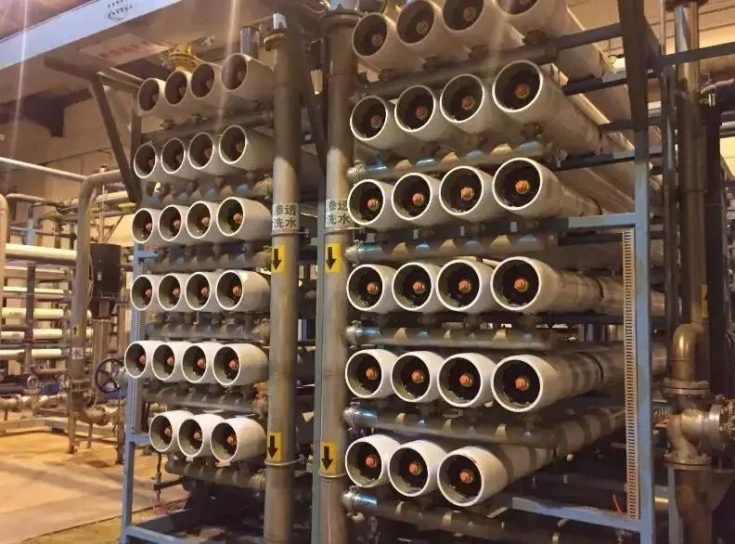Storage of RO membrane components
Store the RO membrane components in a cool and dry warehouse, or after boxing, the temperature should be higher than 5℃ at least, and preferably kept at 10-20℃.
March 17, 2022
Store the RO membrane components in a cool and dry warehouse, or after boxing, the temperature should be higher than 5℃ at least, and preferably kept at 10-20℃.

Within 2 hours of shutdown, flushing may not be done.
If the machine is shut down for more than 2 hours, perform RO produced water flushing for 20 minutes.

After 3 days or more of shutdown and within 30 days, preserve according to the following steps.
(1) In-line cleaning (CIP) of RO membrane element.
(2) Flushing with RO produced water for more than 30min.
(3) When the rinse is complete, save the RO Membrane in the rinse water (RO produced water) and close the valve to keep the solution in the RO section.
(4) Perform steps 2 and 3 once a week.
(5) This method needs to ensure that the rinse water source is always clean, to prevent microorganisms from growing in the pipeline and water tank to avoid secondary contamination of the membrane element.

Stop the machine for more than 30 days, use bisulfite to preserve RO membrane, according to the following steps.
(1) In-line cleaning (CIP) of RO membrane element.
(2) Flushing with RO produced water for more than 30min.
(3) Rinsing the RO segment using a 1.0% concentration of sodium bisulfite solution configured with RO produced water.
(4) When the RO section is full of the solution (required to ensure complete filling), close the valve to keep the solution in the RO section.
(5) Repeat steps 1, 2, 3 every 30 days with fresh cleaning solution when the temperature is below 27°C, and repeat steps 1, 2, 3 every 15 days with a fresh solution when the temperature is above 27°C.

(6) The pH value of the solution should be controlled between 3.5 and 9.5 and should be tested regularly. If the pH value is not within the above range, the protective solution should be replaced, because long-term exposure to an acidic or alkaline environments will cause damage to the membrane.
The concentration of acid sulfite should be monitored regularly and if the solution concentration is below 0.1%, a new solution should be used and the temperature should be kept below 25℃.
(7) When the ambient temperature is likely to be lower than 5℃, the system must be filled with antifreeze and the pipeline must be protected against frost cracking.
Usually, 30% glycerin or 20% ethylene glycol (the freezing point is about -10℃) can be used as the antifreeze solution. The operation steps are the same as the above method for long-term storage of membranes, first, the membranes are chemically cleaned and rinsed with pure water, then replaced with antifreeze and sealed.
(8) When the RO system is ready to restart, open the outlet valve, flush the system with low-pressure water until it is clean, and discharge the produced water. Before resuming the operation of the RO system, the residual disinfectant in the produced water needs to be checked.
November 10, 2025
How to Choose the Right Pure Water Treatment Equipment for Your Needs? (by ROAGUA – Professional Water Treatment Equipment Manufacturer, China)
November 5, 2025
Clean Water for Every Village – ROAGUA Stainless Steel Ultrafiltration Water Purifier Built for Africa’s Tough Water Conditions
October 14, 2025
buy right 500LPH RO System, please read this one first